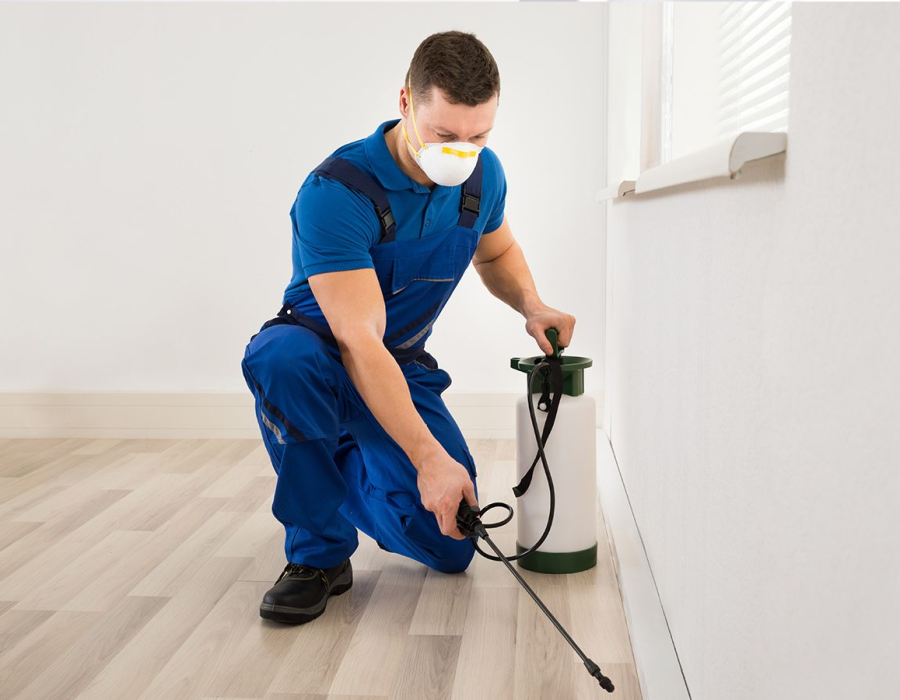Starting a career in pest control takes more than just willingness—it takes the right knowledge, certification, and hands-on experience to do the job safely and effectively.
Understanding the Real Demands of the Job
Pest control is a profession that many overlook—until they need it. But beneath the surface of spraying and trapping lies a technical, regulated industry that requires trained professionals. Especially in complex urban environments like New York City, where pest issues range from cockroaches in cramped apartments to rats in expansive commercial buildings, technicians need serious preparation to do the job right.
Despite this, some still try to enter the field without any formal instruction. And while shadowing a friend or watching online videos might offer surface-level knowledge, it doesn’t prepare anyone for licensing exams, safety protocols, or solving serious infestations.
So, what are the actual steps to get trained, licensed, and ready to work?
The Problem: Informal Paths Can Lead to Big Setbacks
Without structured training, aspiring technicians often hit roadblocks. Common issues include:
- Failing to pass the state licensing exam
- Misapplying pesticides or violating safety regulations
- Struggling to identify pests or diagnose infestations correctly
- Lacking confidence when speaking to customers or explaining treatments
These setbacks don’t just hurt careers—they can damage reputations, lead to legal trouble, or put people’s health at risk.
Case Study: A Hard Lesson in Brooklyn
In Flatbush, Brooklyn, a young man named Carlos thought pest control would be a good side hustle. He tagged along with a cousin who worked for a small extermination outfit. After a few months, Carlos began offering services on his own—mostly to neighbors and friends.
One day, he treated a friend's apartment for what seemed like a minor roach problem. He used an over-the-counter fogger and some borrowed pesticide without checking the product label or doing a proper inspection. Within hours, the building’s fire alarm went off due to chemical fumes, and a neighbor with asthma had to seek emergency care.
Carlos had no formal training, no insurance, and no license. The landlord threatened legal action, and his side hustle ended abruptly.
Had Carlos completed a program at a pest control school, he would’ve learned the dangers of fogging in closed environments, the correct methods of application, and how to safely approach multi-unit buildings. That knowledge would’ve saved him—and others—a lot of trouble.
Solution: Proven Training Routes That Actually Work
Fortunately, there are several reliable ways to get started in the pest control industry. These aren’t shortcuts—they’re clear, step-by-step routes that lead to long-term success.
1. Enroll in a Licensed Pest Control Program
A formal program from a recognized pest control school is often the smartest entry point. These schools teach essential knowledge in:
- Pest identification and biology
- Safe chemical use
- Integrated pest management (IPM)
- State regulations and safety laws
- Preparing for licensing exams
These programs are typically taught by experienced technicians who bring real-world knowledge into the classroom. Some offer both in-person and online options to accommodate work schedules.
2. Take Advantage of Pest Control Training NYC Opportunities
New York City has specific licensing requirements. To legally work as a technician, you’ll need to pass an exam through the Department of Environmental Conservation (DEC).
That’s why many aspiring professionals seek out pest control training NYC programs designed specifically for the local environment. These courses often cover city-specific challenges—like dealing with pests in pre-war buildings, managing infestations in multi-family housing, and following local safety codes.
Local training also connects students with companies actively hiring in the five boroughs.
3. Apprenticeship with a Licensed Company
Some companies offer on-the-job training through apprenticeship programs. These allow new hires to shadow certified technicians and gain experience while learning the ropes.
While this route can be valuable, it's best when combined with formal education. Watching someone work is useful, but understanding why certain decisions are made takes classroom instruction.
4. Self-Study Plus Test Prep Support
For those with experience or prior knowledge, self-study is an option—though not always the easiest one. Fortunately, many training providers offer licensing prep kits that include:
- Study guides
- Sample questions
- Online practice exams
- Webinars and instructor support
If you go this route, make sure your study materials are current and specific to your state’s guidelines.
Why Professional Training Pays Off
The benefits of proper training go beyond just passing an exam. Trained technicians:
- Earn more respect and trust from clients
- Work more safely and efficiently
- Stay compliant with local laws
- Open doors to promotions, specializations, and business ownership
Most importantly, they solve real pest problems—and prevent them from coming back.
Conclusion: Take the Smarter Path In
There’s no substitute for proper preparation. Whether you choose a full pest control training NYC program, a structured apprenticeship, or a certified exam course, the goal should always be to build real expertise. That’s what sets professionals apart from amateurs.
If you’re serious about starting a career in pest control—or hiring someone who knows what they’re doing—make sure formal training is part of the plan.
📱 +1 (718) 284-7378





Comments